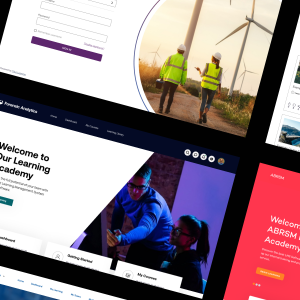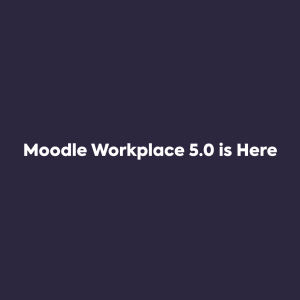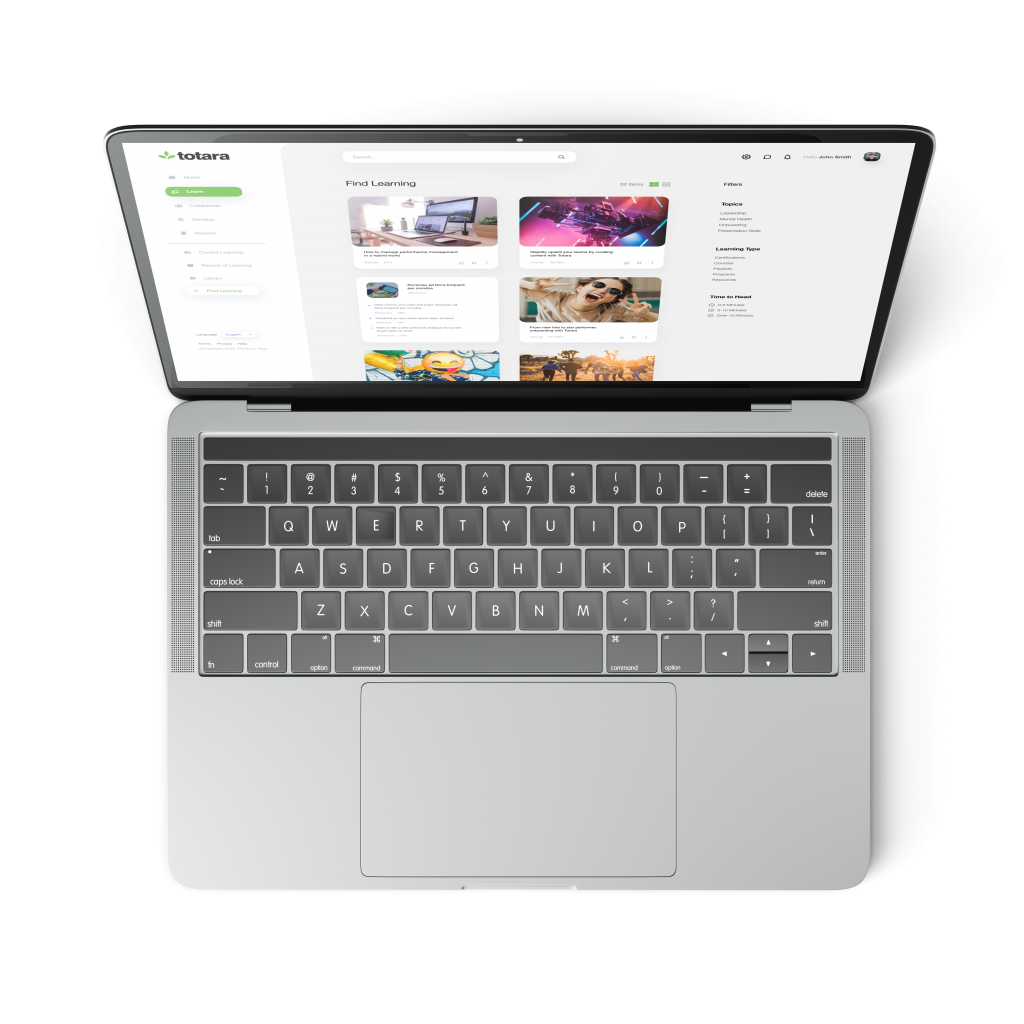A successful learning management system (LMS) is like a well oiled machine with a number of parts all working together. Content, analytics, structure and functionality are just a few of the essential elements required. Design is like the nuts and bolts that keep it all functioning as it should, as well as being the vehicle for enhancing its overall success.
Design impacts users in different ways. Learners need to be able to access courses easily – bad design will make this more difficult for them. Teachers and learning managers want to be able to clearly see who’s completed a task and who hasn’t – bad design can make this near impossible.
With that in mind, in an attempt to help you avoid some of the most common LMS design failings, I’m taking a look at some of the most important aspects of LMS design that you won’t want to overlook.
Different LMS options
The most widely used LMS platform in the world is Moodle. It’s an open source solution with endless possibilities where design and customisation is concerned. We’re a Moodle Certified Premium Partner in the UK, UAE and Hong Kong, and specialise in developing highly customised and bespoke platforms for our customers.
In doing so, we’ve come across countless variations of Moodle as a platform, each having their own unique design requirements depending on the type of customer they’re for. Here are five important considerations we take when approaching any project from a design perspective.
Aspects of LMS Design you should consider
1. Branding
Although not applicable to all projects, creating a design which is inline with your branding can elevate a platform from being a simple, out of the box solution to an integral part of your business.
By aligning your LMS with your brand from a visual perspective, you show that you care about the success of your team’s development, which makes it a more personal experience for your users and leads to higher levels of eLearning engagement.
Branding your LMS can range from simply incorporating your company colours, logo and brand assets into a pre-existing theme, to creating a fully customised solution which puts your brand at the centre of every element.
2. Navigation
Navigation is often an afterthought in the design process. However, it’s one of the most important aspects of any platform. It defines how easy it is to use, and helps your users find what they’re looking for in the most straightforward way possible. This may seem like an obvious statement, but it’s one of the fundamentals of good LMS design and it’s very easy to get wrong.
Links to irrelevant or convoluted areas of your platform can make it a confusing experience for all involved. Whereas a straightforward, logical navigation bar or well placed navigational area can make using the platform an effortless experience. If you’re left scratching your head as to why your users are not using the platform in the way you intended – reviewing your navigation can be a relatively straightforward task that can have a big impact.
3. Course Layouts
At the heart of every LMS are the courses. They’re the reason you invested in an LMS in the first place after all.
Good design is essential here. Visually, making your content easy to read, navigate and engage with is the key to creating long term engagement. That way, the only thing your users have to focus on is the course itself, rather than becoming distracted or frustrated because of poor layout and design choices.
4. Responsive Design
In this day and age, responsive design is no longer seen as an additional aspect of your platform. It’s a necessity.
Smartphone and tablet usage has seen explosive growth for several years, and there’s no sign of it slowing down any time soon. Devices that can access the internet come in all shapes and sizes, from small smartphones to ultra-wide HD computer monitors.
That means that your platform needs to adapt in an intelligent, well thought out way. Although many platforms now include an out of the box responsive solution, this is often just the tip of the iceberg, and custom design for various screen sizes is highly recommended.
5. Imagery
Perhaps a more intricate aspect of design, the imagery you use throughout your platform has both a subtle and significant impact on its overall success. Of course, copy is important on a platform as well, but it’s important to consider that the attention span of the general user is getting shorter and shorter.
The old saying that a “picture speaks a thousand words” is highly relevant here, and by consciously choosing your imagery with intent, you can deliver your message more effectively than through words alone.
The five points above are simply an introduction into some of the areas that LMS designers will consider when crafting a new platform – there’s a lot more to it and countless other considerations that need to be accounted for before you begin putting your LMS together.
If you’d like to benefit from an LMS provider with an experienced team dedicated to LMS design, get in touch with us here. We have a range of LMS solutions based on Moodle and Moodle Workplace which are perfect for organisations who are thinking about designing their own LMS.







